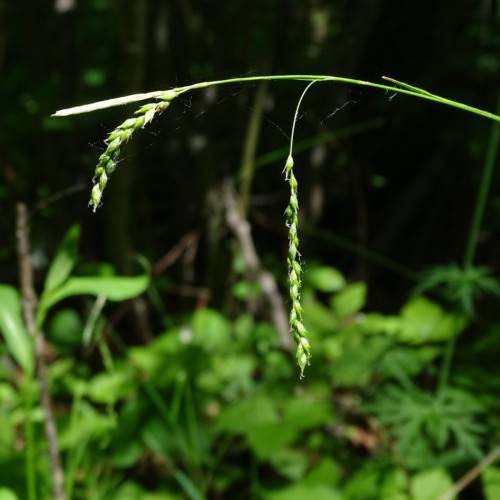
Drooping Wood Sedge
Carex arctata
Also Known As - Black Sedge,Drooping Woodland SedgeWatering:
Frequent
Hardiness Zone:
Flowers:
Flowers
Sun:
full sun,part sun/part shade
Fruits:
Fruits Ready In Summer
Leaf:
Yes
Growth Rate:
Low
Salt Tolerant:
Yes
Care Level:
Easy
watering
Arctic Water Sedge should be watered twice weekly in midsummer, and once per week in spring and fall. Water deeply- the soil should be saturated 2"-3" below the surface, allowing it to dry out between waterings. In the winter months, water only when the soil dries out completely and temperatures are above freezing.
sunlight
Arctic water sedge typically requires full sunlight to partial shade for optimal growth. The amount of sunlight needed can depend on the environment the plant is growing in, but generally full sun is preferred during its peak growing season in late spring/early summer. During this time, the plant should receive at least 8 hours of direct sunlight a day. In summer, the sunlight can be reduced to 6-8 hours of direct sunlight to prevent the plant from becoming overly dry and stressed. During the winter months, when the plant is dormant, it should receive at least 4-6 hours of bright sunlight a day.
pruning
Arctic Water Sedge should be pruned in late winter to early spring. Pruning should be light, cutting no more than 1-third of the stems, as this species is not particularly tolerant of heavy pruning. Pruning is necessary in order to help promote new growth and maintain a healthy, dense appearance. Cut back the foliage to approximately 2–6 inches above the ground, removing any weak, dead, or diseased stems.
